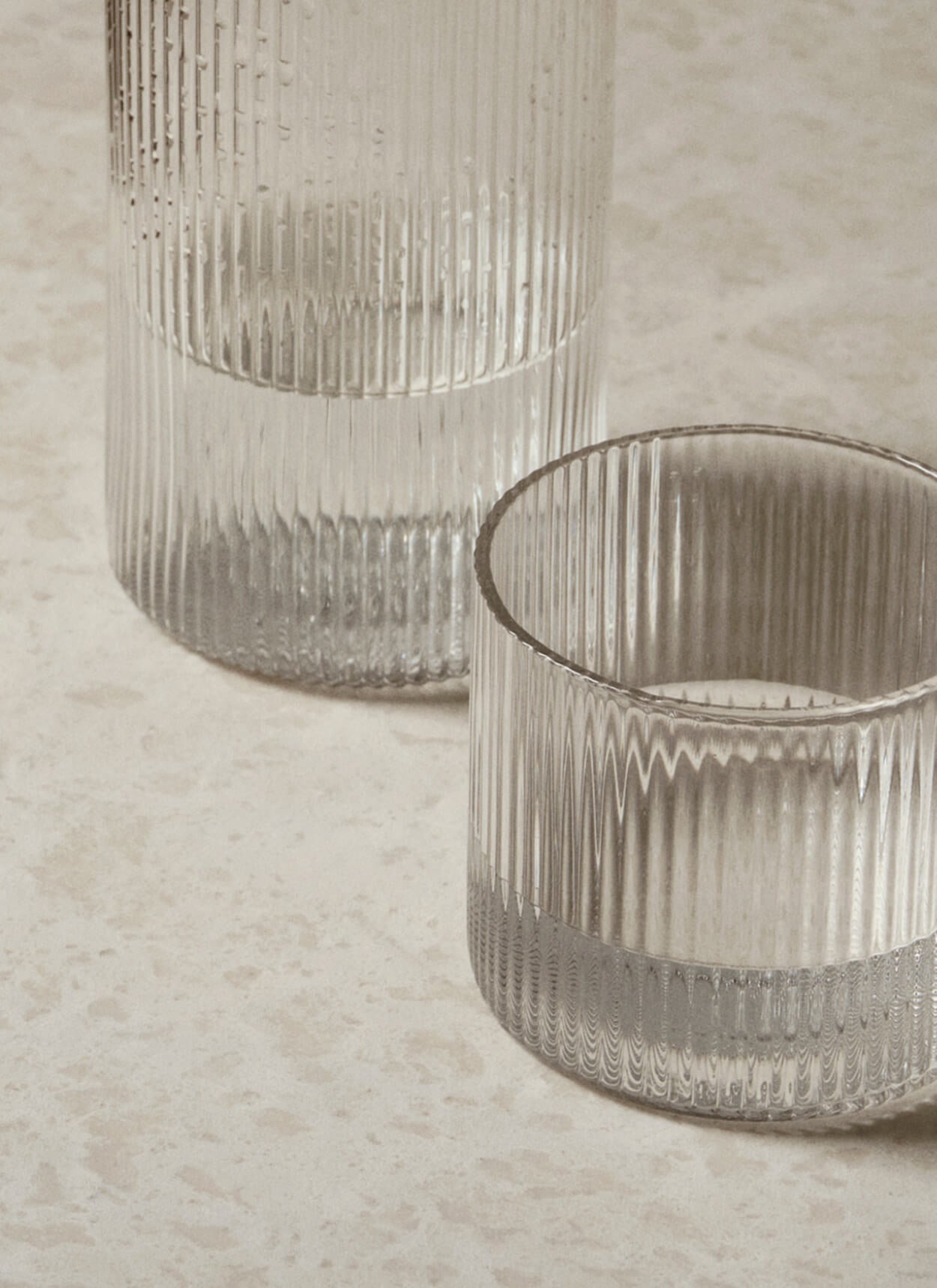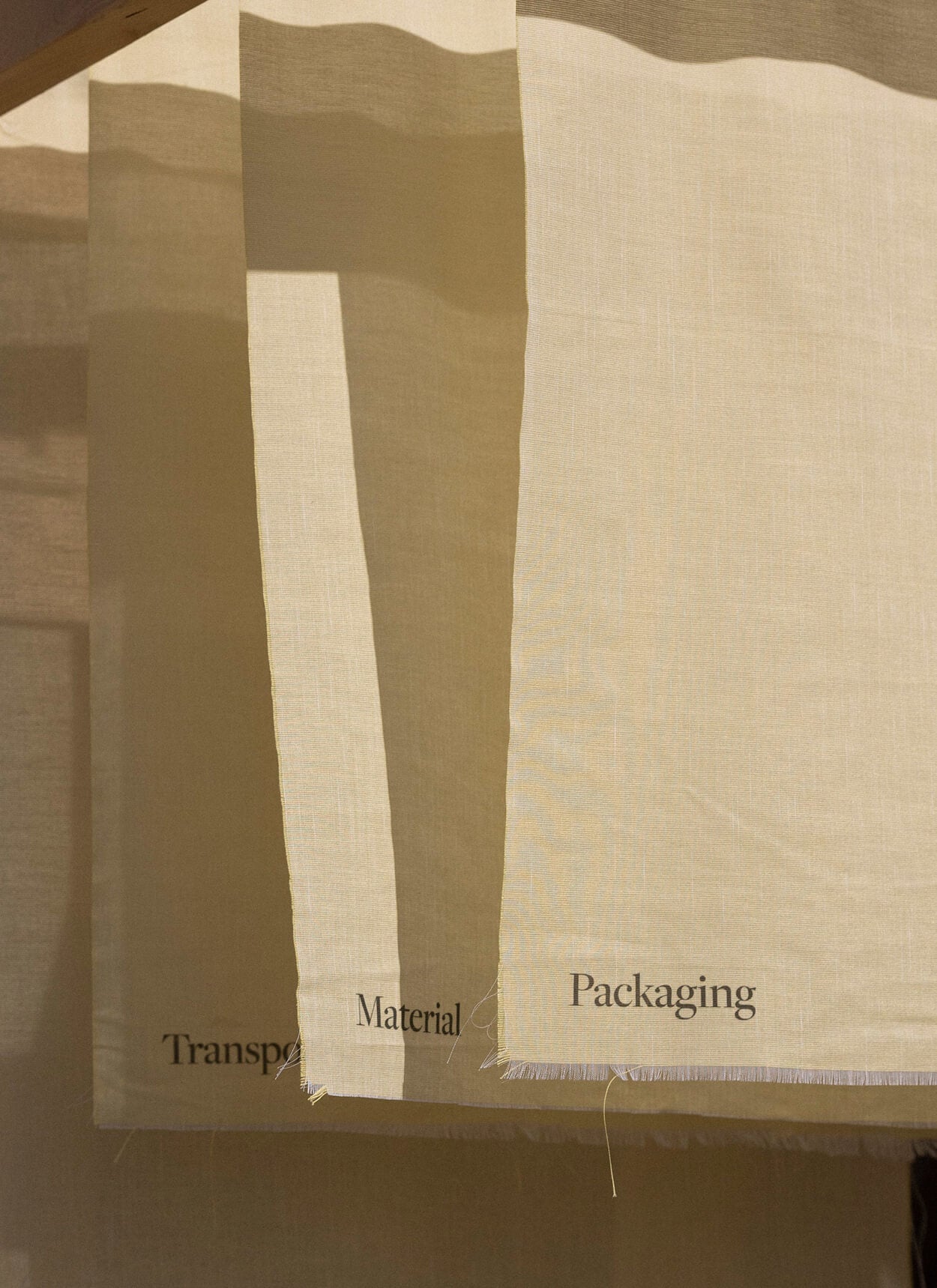Stories
Holiday

Decorate the Holiday Home with Earl of East
Read moreHoliday

Set the Holiday Table with Celia Solf
Read moreHoliday

Set the Holiday Table with Sune Palner
Read moreHoliday

Set the Holiday Table with Ilirida Krasniqi
Read moreKids

A Season of Wonder: New Kids Collection
Read moreBehind the Design

Meet our Design Studio
Read moreHome Stories

Living with Kids: At Home with Fanny Nilsson
Read moreBehind the Design

Notes on Romanticism: Autumn Winter 2025
Read moreHome Stories

Office Edition: At Home with Sune Palner
Read moreBehind the Design

Expanding the Dapple Collection: New Lounge Designs for Outdoor Living
Read moreDesign Destinations













